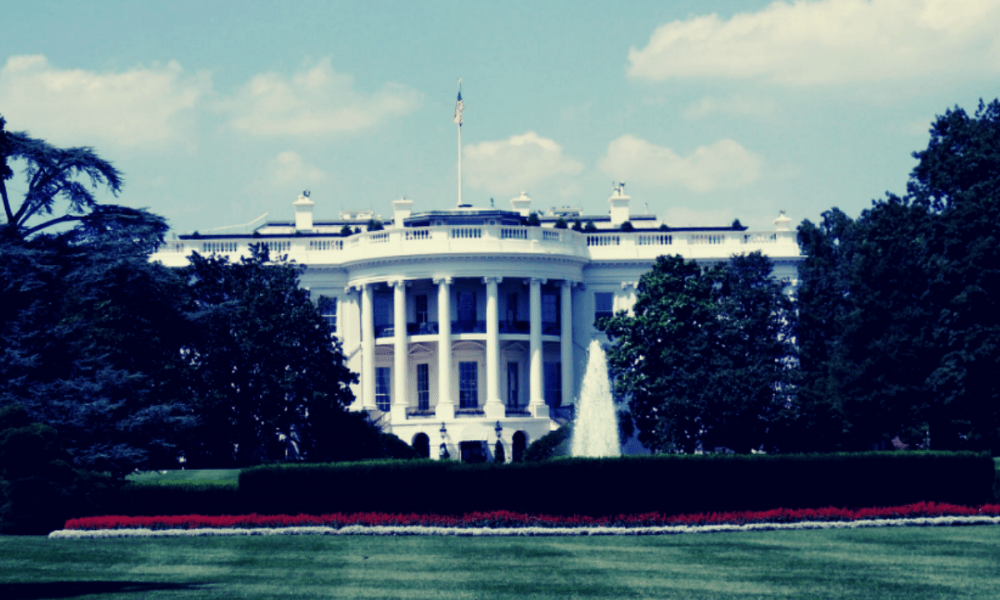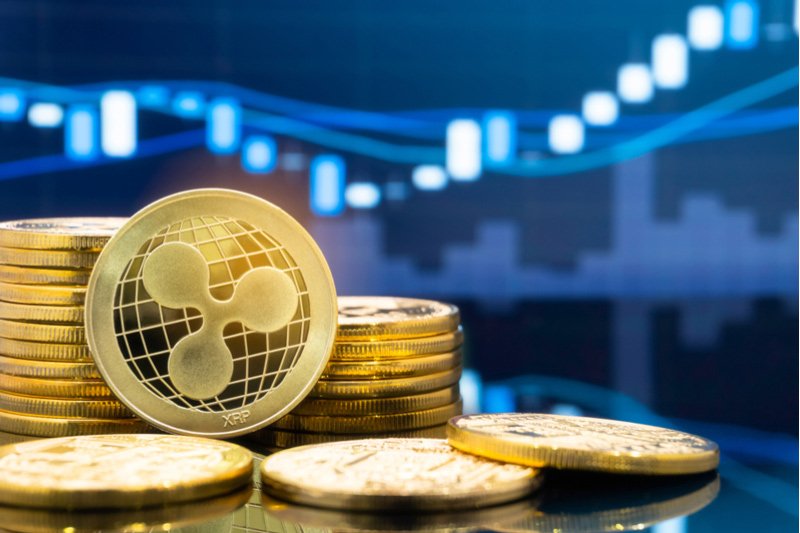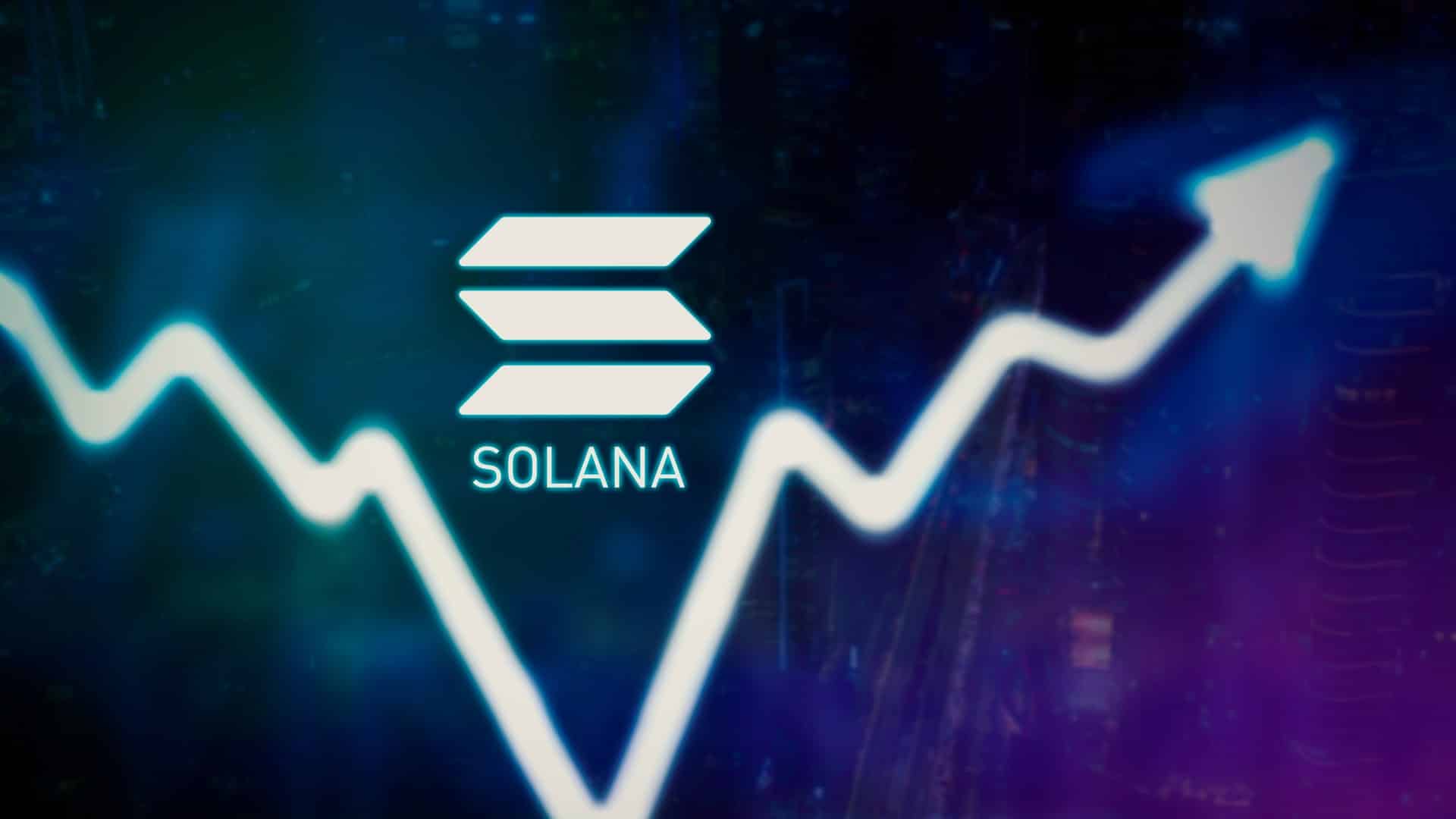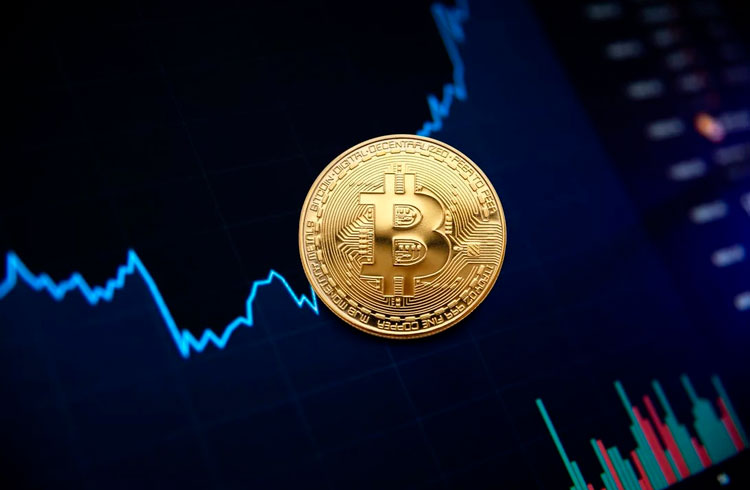Table of Contents
There are currently two views of the BTC course. The first would be that BTC is doing relatively well despite its correction and the BTC price should actually be looking much worse. After all, we are in a period of great macroeconomic uncertainty and rapidly increasing interest rates.
Convinced BTC supporters, on the other hand, are likely to see this the other way around and argue that BTC would have to outperform other investments much more precisely due to the uncertainty and increasing inflation – the reason for the rising key interest rates.
So far, at least, the latter group still seems to represent the minority. If the majority of market participants shared a similar view, the BTC course would not be in a state of lethargy.
How the BTC price will continue in the coming months depends above all on which narrative prevails among investors. In order to be able to better classify which traction forces are currently affecting the BTC price and are responsible, among other things, for shaping the views described above, seven important factors are listed below that will decide how the BTC price will continue in the coming months.
1) Google: BTC searches are depressing
BTC searches, or people’s interest in the cryptocurrency, are at their lowest since December 2020. Searches are down 79 percent from the May 2021 peak. Overlooking the Google chart no trend reversal can be discerned. The low interest is a major stress factor for the BTC course. This in turn suggests that few new investors are entering the crypto sector. Things aren’t looking any better for other cryptocurrencies like ETH either.
2) Hashrate and nodes remain unimpressed
the Hashrate, i.e. the overall computing power of the BTC network, seems to be completely unimpressed by the difficult market environment. It only knows one direction: north. Also the number of BTC nodes that node remains stable and even tends to increase slightly.
It is impressive that these technical fundamentals are so robust and defy all negative influences. A circumstance that is very positive for the future viability of the BTC network and thus of the course.
3) More consumption, less investment: No money for BTC
The loss of purchasing power caused by inflation is now so great that it influences the investment decisions of many people. Lower and middle incomes in particular are forced to reduce their savings and investment rates in favor of the consumption rate, i.e. supermarket shopping and filling up the tank. The first to suffer are optional risk assets. This means: While pension plans or bank installments for your own property continue, liquid assets with a higher risk profile are reduced first.
Tech stocks and cryptocurrencies like BTC are suffering. Especially since rising key interest rates as a reaction to inflation mean that assets without cash flow generally perform worse than dividend stocks, for example. If the increasing impoverishment of society continues, this is a serious stress factor for the BTC course.
4) Macro situation: The difficult search for the glimmer of hope
In addition to the high inflation, the overall political and macroeconomic situation is also putting pressure on the financial market and thus also on BTC. The delivery bottlenecks caused by the corona lockdown in China and the uncertainty caused by the Ukraine war, especially with regard to the supply of energy and raw materials, are weighing on risky assets such as BTC. Especially since these factors are also drivers of inflation.
So far there has been a lack of timely glimmers of hope on a global economic policy level. The systemic risks are still considered to be high and are therefore a rejection of BTC for the majority of investors.
5) Loss of confidence caused by inflation provides breeding ground for alternatives
The fact that you can buy less and less for one euro or one US dollar should in turn increase the public’s openness to alternatives. Inflation has now become a regular topic. New fears arise in the population. These in turn can serve as a catalyst for gold, but also for BTC. Even cautious, conservative investors are finding it increasingly difficult to remain calm in the face of high inflation. This forced activism can be channeled into freed up funds for BTC. So far, at any rate, this effect has not really had an impact. The current impression goes more in the direction of sitting out and doing nothing.
6) Prohibition fears are in trend reversal
One of the biggest stumbling blocks for BTC in recent months has been the regulatory debate. In the EU in particular, this had taken on absurd proportions. At times it was even about a BTC ban for European service providers. In the meantime, however, it is clear that there will be no such massive restrictions either in the EU or in the USA. Instead, the requirements for crypto service providers will continue to increase and privacy will be significantly reduced. Certainly a development that can be viewed critically in parts, but not a bad sign for the BTC course.
The new regulatory security offers banks, asset managers and other financial service providers the opportunity to invest in the crypto sector. The burdensome regulation debate should have found its bottom, so that positive effects can be expected in the coming months.
7) Wall Street wants BTC
Where the prices of asset classes move is mainly decided by the big players on Wall Street. The relevant institutes are signaling more and more clearly that crypto is part of their long-term strategy. It takes a long time for them to set in motion, but once the processes have started, they are difficult to stop. A concrete example would be the acceptance of BTC-secured loans at the investment bank Goldman Sachs. Another example is the willingness of the world’s third-largest wealth manager, Fidelity, to open its pension fund to BTC. Americans who want to fund their company-sponsored pension plans with BTC in the future now have the opportunity to do so. This is exactly where they all sit big lever. Effects of this kind could only lead to significant cash inflows in the next few months. Smaller, more regional institutes such as Commerzbank or N26 are also providing important BTC support with their latest crypto-friendly announcements.
Correspondingly, the chances of a spot BTC ETF decrease continuously. So far, there are only BTC ETFs based on futures in the USA. However, these are more like an unnecessarily complicated makeshift construction that can only be recommended with great restrictions. If not ETFs, the selection of highly regulated ETPs or ETNs is increasing significantly, especially in Europe. Providers such as 21shares, VanEck, Vontobel, ETC Group, etc. are providing more and more cost-effective BTC securitisations and making sure that even “token grouches” can keep BTC in their securities portfolio.
Conclusion
With the exception of the Terra Luna tremor, it is currently primarily external factors that are putting significant pressure on BTC. Should mean: Within the crypto and BTC ecosystem, there are only a few reasons that explain the poor performance. Instead, topics such as interest rate hikes, the consequences of inflation and political uncertainty dominate the investment behavior of (potential) BTC investors.
Especially the consequences of stagflation or even recession, which represent a realistic scenario in view of the difficult environment, can overshadow the actually positive indicators. BTC has to wait for the time being, a timely and above all sustainable countermovement is at least not foreseeable. Nevertheless, the chances of greater decoupling also increase over time. This applies less to altcoins than to BTC.
Should the original BTC narrative gain popularity among investors as a fiat alternative and apolitical store of value with built-in inflation protection, then sentiment may turn in favor of BTC. When and if this trend reversal will happen, however, can hardly be predicted. Of course, this statement, like the entire analysis, does not include any technical chart assessment. These remain unconsidered.
Binance coin price prediction 2022 – 2030
- Bonk Price Analysis – November 19, 2024: Bark or Bite? - November 19, 2024
- CEO Ripple Labs Criticized for Promoting XRP and CBDCs in Alleged Meeting with Trump - November 18, 2024
- Pepe Price Analysis 18/11/2024: The Amphibian Chronicles - November 18, 2024























